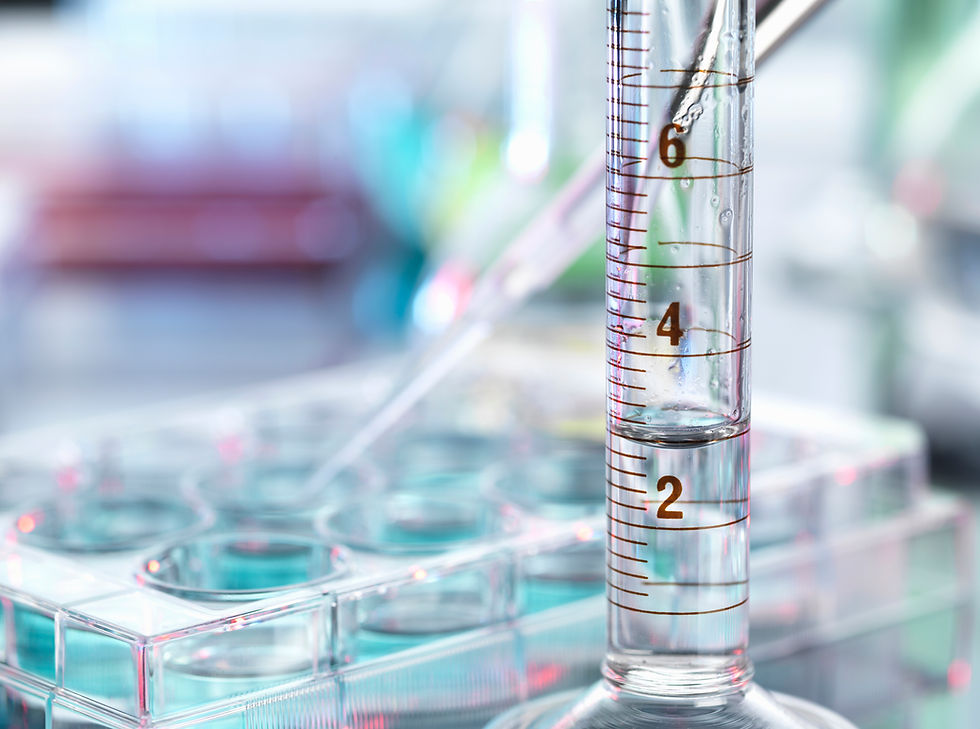Where are we going with this? Sustainability-enabling technology scientific experiments.
- Agnes Sopel

- Jun 11, 2021
- 3 min read
Updated: Aug 22, 2021

I was delighted to get access to the IUVA congress 2021 taking advantage of my university membership. As I am actively interested in the sustainability development at the moment, seeing the UV as a "sustainability-enabling" technology is getting my attention even more.
We have had many scientific experiences in the past year trying to battle the new virus. I am delighted to share few insights with you about the latest developments.
Before I jump into the subject in more detail, I want to put a little disclaimer here that the information and content is the result of my own work and research.
I am hoping to continuously built up on this knowledge and looking forward to share my journey with you.
To understand the current approach we need to explore the different pathways of the Sars-Cov-2 (Covid-19) transmission.

The virus is known to be transmitted through touching surfaces and it is transmitted through in the air. Number or surface and air disinfection systems are being developed already to cover the transmission pathways: air ventilation systems, for public transport and for industrial areas.
The systems are being currently validated on the disinfection effectiveness.
The University of Bozeman has published their findings on proving that in order for the virus to be deactivated it requires certain UV dose to be effective. Therefore, the disinfection systems need to be developed to include the correct dimensioning and prove the effectiveness in the environment.
It is well known that the virus to be activated by low UV doses. It is also well-known already that UV-C treatment is an easy and chemical-free and effective way to inactivate viruses.
The effectiveness of the systems, however, need to be evaluated under realistic conditions and tested.
UV doses, however, for disinfection vary quite a lot (from 3 to 1000 mJ/cm2).

The University of Tubingen performed tests to measure the UV-C effectiveness to fight Covid-19. The first experiments were very successful, and it was discovered that the virus is deactivated above the dose of 20mJ/cm2. With this dose, complete disinfection was achieved.
Some modifications to UV radiation was done and more tests were performed to get more detailed information. As a result the team was able to prove 50% disinfection at dose 0.42 mJ/cm2 and complete inactivation of Sars-Cov-2 at dose above 3.5 mJ/cm2 on surfaces.
With the results of the research engineering support is required to validate that the developed systems can achieve the dose required to successful inactivation of the virus.
Number of processes is involved here in the dimensioning and validation of the disinfection systems including CAD designs, flow simulations, Ray tracing and calibrated experimental set ups.

Most important, for the disinfection to be effective is the correct scaling of the UV power to optimise the UV output.
The most interesting part is that the real effectiveness of the devices in a room with optimised UV dose and air directions. It is all to achieve the clean air in a used room. Even with the aerosol distribution from the human body, for example by coughing.
The great amount of research is being put to prove the disinfection effectiveness by simulation methods at the moment.
Now it is possible to calculate the efficiency of the disinfection system in a room and virus reduction. It is easy to recognise, that the reduction of the virus in the air is much more successful using the UV disinfection devices versus matural scenarios where the virus only gets reduced by natural processes. The reported reduction rates calculate at the moment at about 90% effectiveness and infection risk reduced by 83%.

Indeed, these technologies using UV-C radiation could become another technological tool to minimise the spread of coronavirus. They could also provide energy-efficient and quiet alternative to air purification technologies used today, such as high-performance filters.
Those UV-C units could once more make personal contact safer in schools, kindergartens, universities and also offices, hospitals and medical practices.

Bibliography:
Biorxiv, 2020, Rapid and efficient inactivation of surface dried Sars-Cov-2 by UV-C irradiation https://www.biorxiv.org/content/10.1101/2020.09.22.308098v2.full.pdf (accessed 11/06/2021)
University of Tubingen, 2021, "Coronavirus Research at the University of Tubingen", https://uni-tuebingen.de/en/university/information-on-the-corona-virus/coronavirus-research-at-the-university-of-tuebingen/#c1269873 (accessed 11/06/2021)



Comments